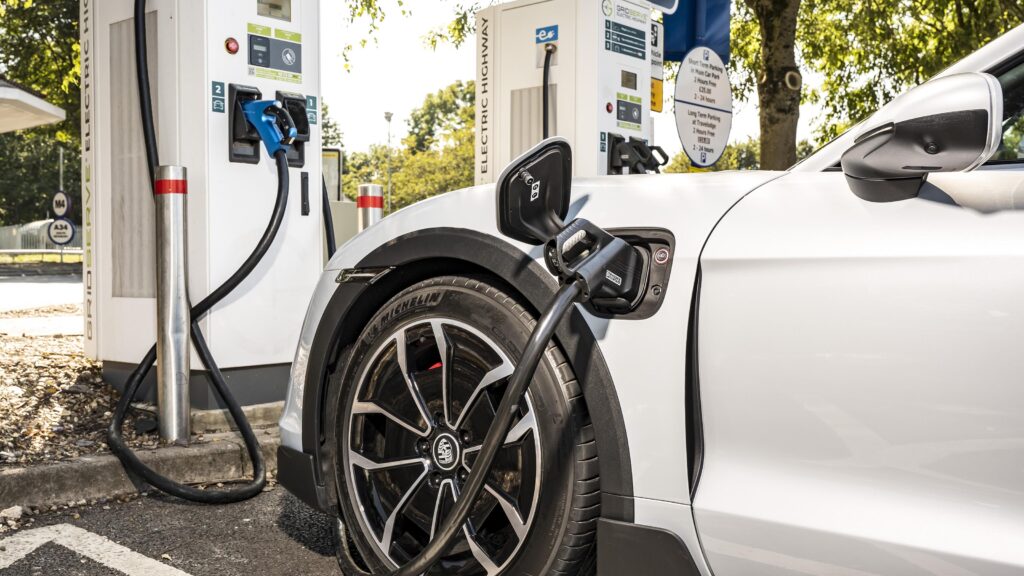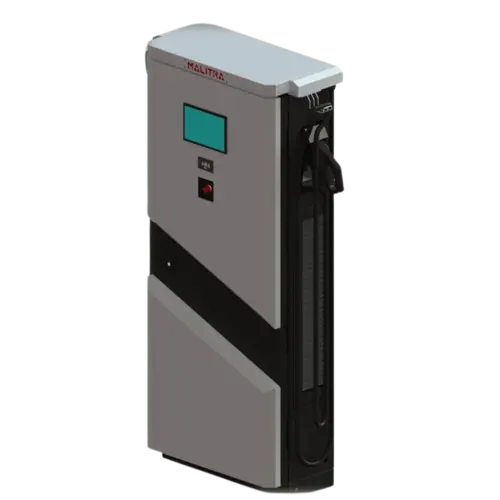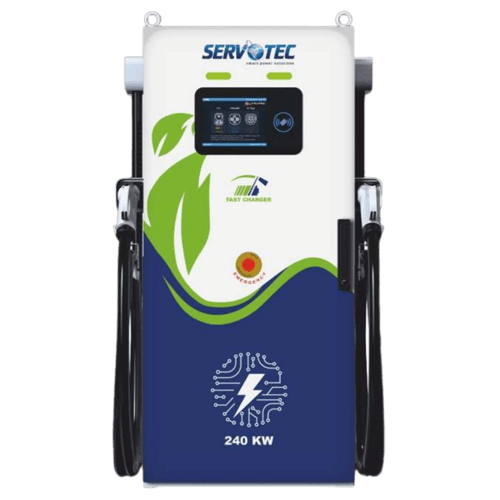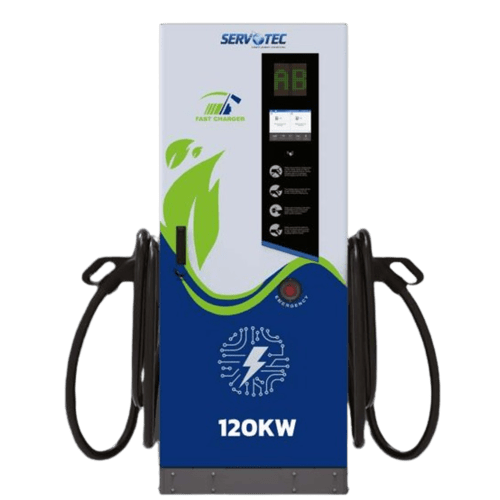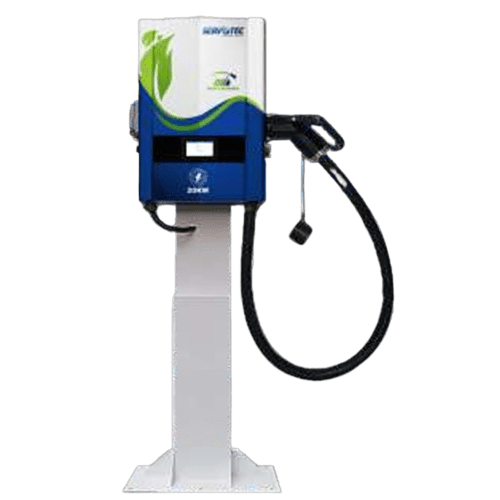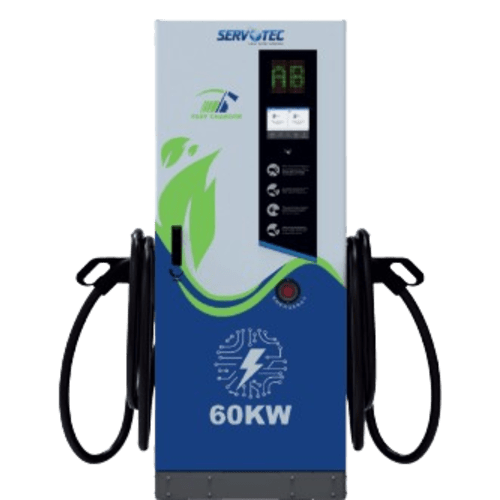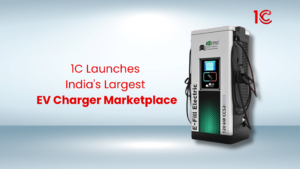
Menu
- Contact Us:
Email: [email protected]
Mobile No: 9599443291
Address: Massive Mobility, Plot-2, Spring House Coworking, Sector-43, Gurugram, Haryana, India – 122002.
Mobile No: 9599443291
Address: Massive Mobility, Plot-2, Spring House Coworking, Sector-43, Gurugram, Haryana, India – 122002.



